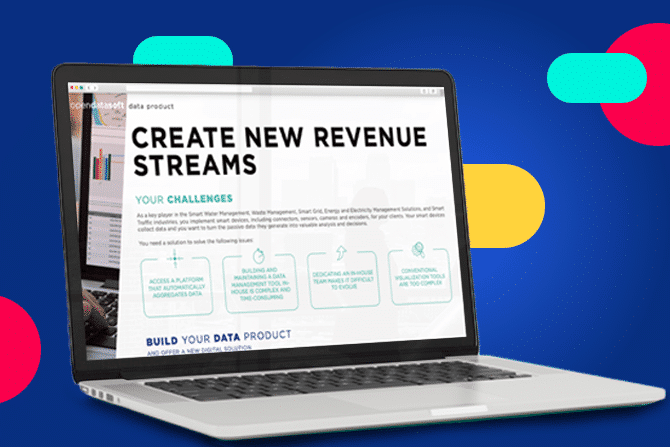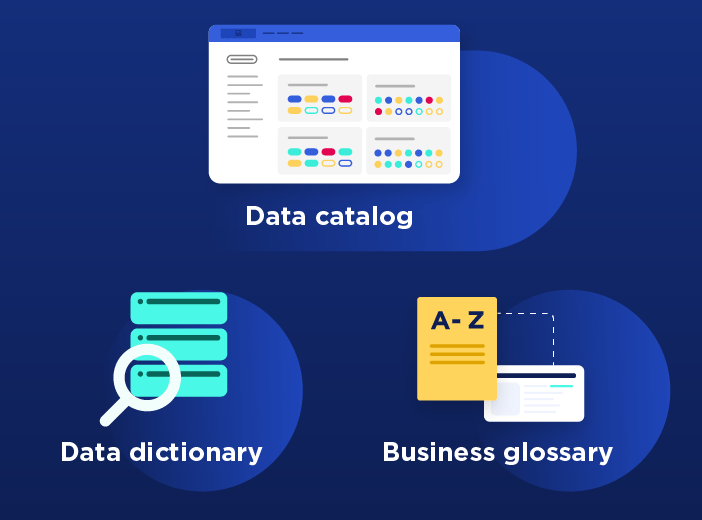Data projects
Ready to dive in?
Book your live demo today
+3000
+25
Countries
8.5/10
Overall satisfaction rating from our customers
[Ebook] Data Marketplaces demystified: A practical guide for data leaders to generate data value for business users
Download the EbookRather than being a simple data product, data as a product is a mindset that combines tools and strategy to apply product-like thinking to a dataset. It essentially applies the same approach as the release of a product, such as software, to data. That means teams create and ship standalone products that are continually supported and updated.
Data as a product is one of the foundational pillars of data mesh and involves applying product management principles to data.
There is considerable confusion between the similar concepts of data as a product, data products and data-as-a-service (DaaS).
Sometimes the term Data as a Product is abbreviated to “data product”, adding to misunderstandings. The main differences are:
Data as a product contains everything needed to benefit from the underlying data. It therefore contains the data itself, its metadata, programming codes and the necessary infrastructure to run it. It must also meet the following requirements:
Data as a product has two key benefits – as a methodology and approach it improves the quality of data management, while maximizing the value of data for the entire organization and external customers:
Creating a usable data as a product portfolio requires teams to understand and apply product management principles to data.
This requires:

Build a data product and create new revenue streams Embed the Opendatasoft platform into your offer to help your clients turn the passive data they generate into valuable analysis. Build your Data Product with Opendatasoft: Data analysis Data visualization and mapping Real time interactive dashboards Data sharing and data reuse with external partners and stakeholders through a standardized API

Organizations face an unprecedented explosion in data volumes. However, this information is scattered across the business, in multiple formats, making it difficult to organize, analyze and share. How can organizations gain control over their data and use it effectively?